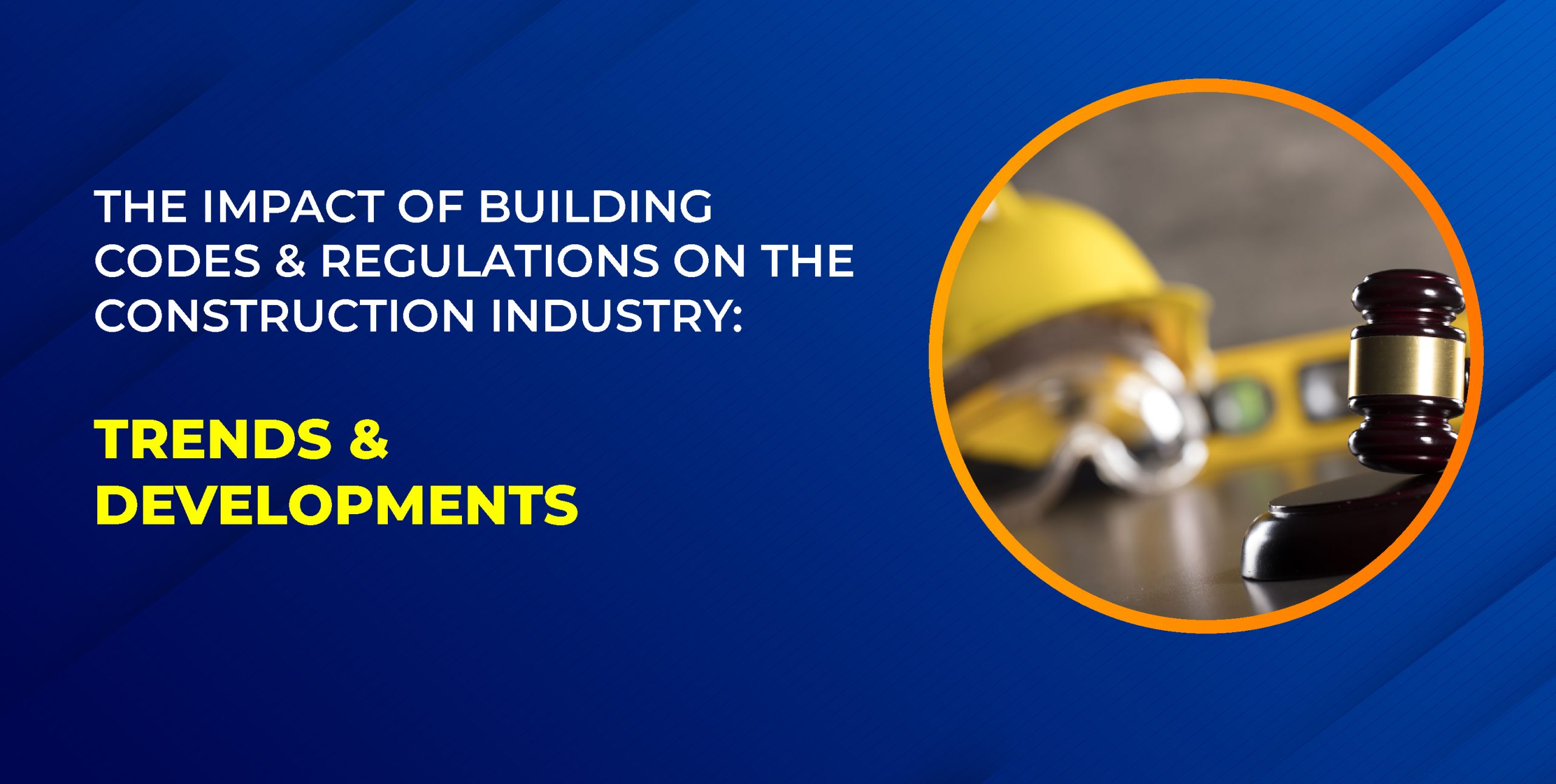The Impact of Building Codes and Regulations on the Construction Industry: Trends & Developments
In the world of construction, success is often defined by more than just the bricks and mortar that make up a building. It’s also about adhering to a complex web of building codes and regulations that ensure safety, quality, and sustainability in the industry. These codes and regulations are not static; they evolve over time, reflecting changes in technology, environmental awareness, and societal needs. In this blog, we’ll delve into the significant impact of building codes and regulations on the construction industry, exploring the latest trends and developments.
● The Foundation of Safety and Quality
Top construction company in Jharkhand states that building codes and regulations are the backbone of the construction industry. They are sets of standards and guidelines that govern every aspect of a building’s design, construction, and operation. The main intent of these codes is to:
1. Ensure Safety: Building codes are first and foremost about safety. They dictate how structures should be designed to withstand natural disasters, fires, and other emergencies.
2. Maintain Quality: Codes also set quality standards for materials and workmanship, ensuring that buildings are durable and built to last.
3. Promote Sustainability: In recent years, there has been a growing emphasis on sustainability in construction. Building codes now often include provisions for energy efficiency, water conservation, and environmental impact reduction.
● Trends Shaping the Industry
When you buy construction materials online in Jharkhand, you’ll see that the construction industry is dynamic, and building codes must evolve to keep pace with changing trends and technologies. Here are several noteworthy trends influencing the industry:
1. Green Building Practices: Sustainability is no longer a buzzword; it’s a fundamental consideration. Building codes now incorporate green building practices, such as waste reduction strategies, energy-efficient designs the use of renewable materials.
2. Resilience and Disaster Preparedness: Climate change has amplified the need for resilient structures. Building codes are adapting to include requirements for disaster-resistant construction in areas prone to hurricanes, floods, earthquakes, and wildfires.
3. Smart Technology Integration: As smart technologies become more prevalent in buildings, codes are being updated to bring the safe and effective integration of systems like home automation, security, and energy management.
4. Accessibility Standards: There is a growing emphasis on making buildings accessible to people with disabilities. Building codes now include detailed requirements for ramps, elevators, accessible restrooms, and more.
● Developments on the Horizon
Top iron saria suppliers in Jharkhand states that the construction industry is on the brink of significant developments in building codes and regulations:
1. Net-Zero Energy Buildings: Some regions are moving toward requiring new buildings to produce as much energy as they consume, promoting energy independence and reducing greenhouse gas emissions.
2. Circular Economy Principles: In an effort to reduce waste, codes may start to promote the use of recycled and repurposed building materials, aligning with the principles of the circular economy.
3. Resilience as a Standard: Given the increasing frequency of extreme weather events, resilience features, such as impact-resistant windows and backup power systems, may become standard in building codes.
4. Health and Wellness: Post-pandemic, there is a heightened focus on indoor air quality and wellness in buildings. Codes may address these concerns by requiring advanced ventilation and filtration systems.
In conclusion, building codes and regulations play a pivotal role in shaping the construction industry. They ensure that structures are safe, sustainable, and of high quality. As trends and technologies evolve, so too do building codes. The future promises even more emphasis on sustainability, resilience, and wellness in construction. Staying informed about these trends and developments is essential for professionals in the industry. The construction world is not just about bricks and mortar; it’s about building a better, safer, and more sustainable future.

